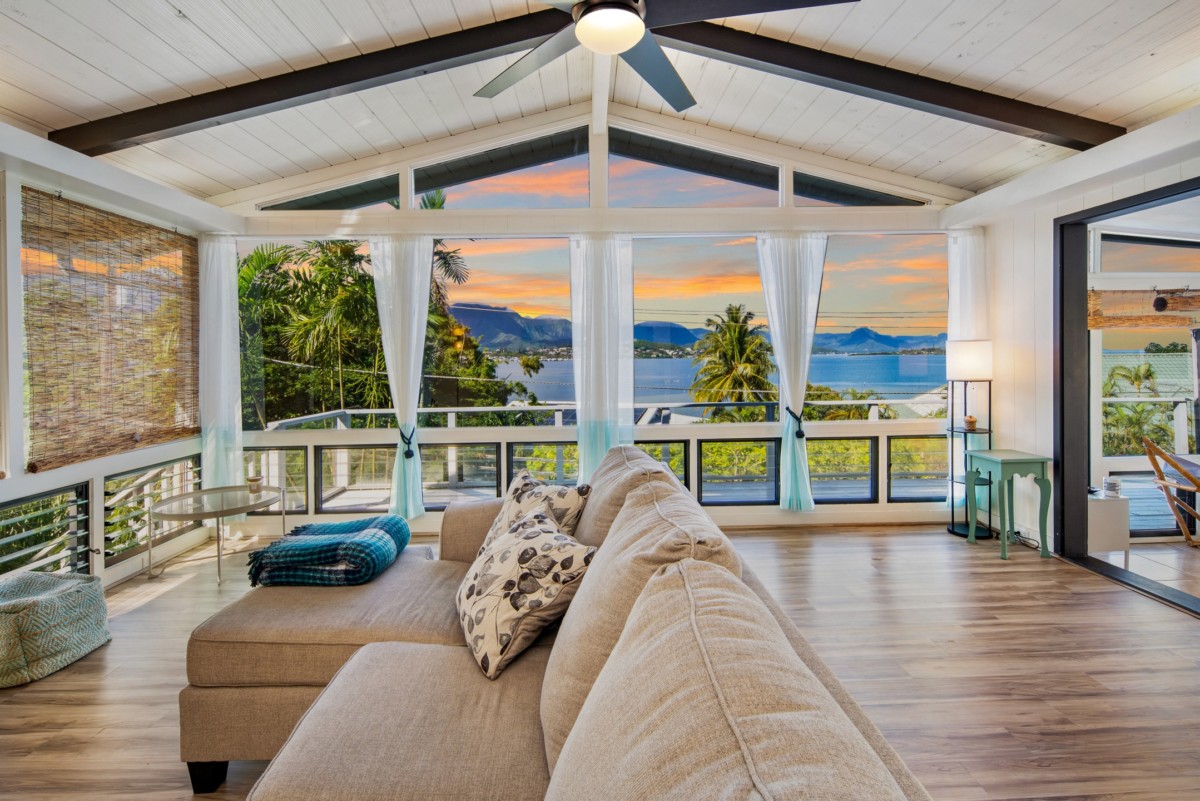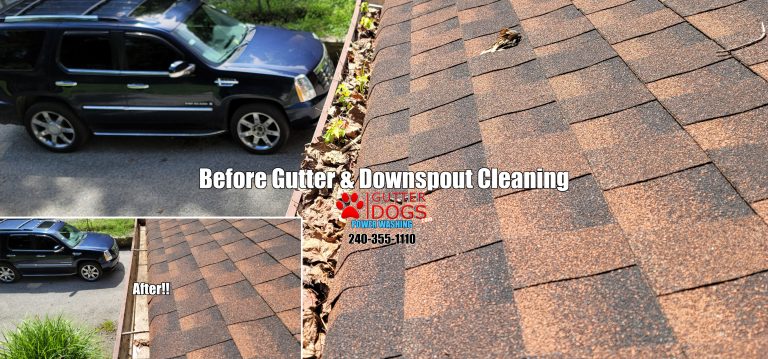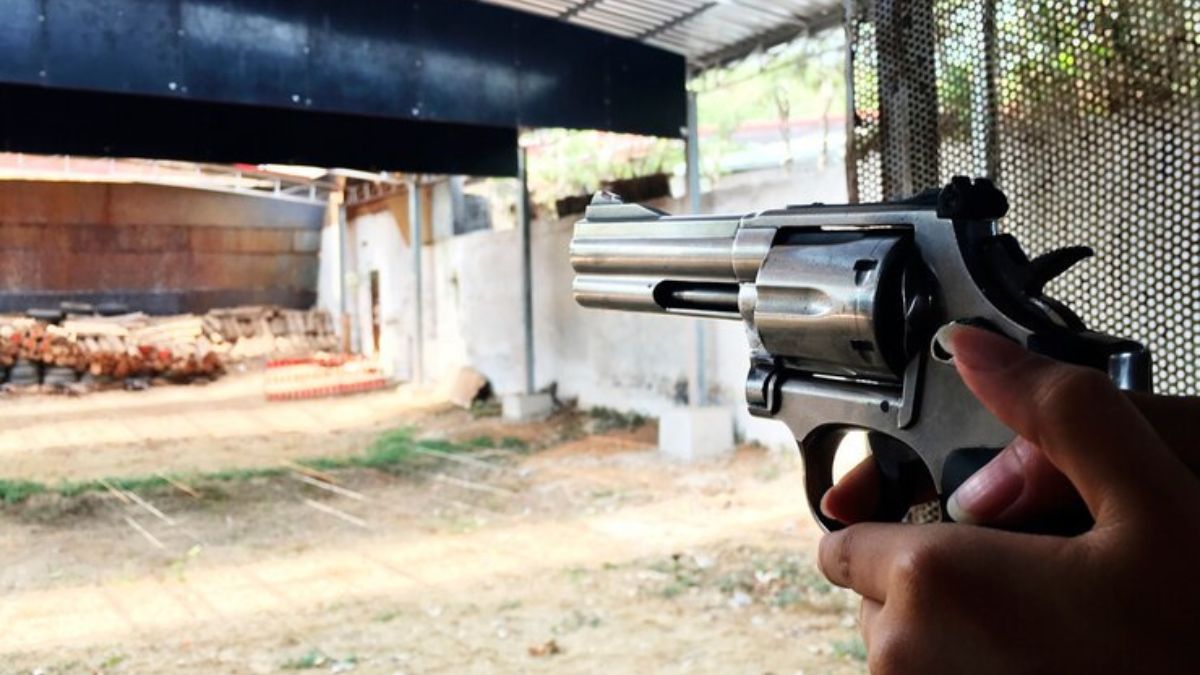As we continue to see the effects of climate change, it’s become more important than ever to take steps towards sustainability. Building an eco-friendly home is a great way to do your part in reducing your carbon footprint while also reaping several benefits. In this article, we’ll explore the various advantages of constructing a sustainable residence. From decreased utility bills to improved air quality and a positive impact on the environment, building an eco-friendly home has many advantages. We’ll also discuss how these homes are aesthetically appealing and cost-effective in the long run. Additionally, we’ll touch upon tax benefits for sustainable projects and their role in promoting green living.
What is an Eco-Friendly Home?
An eco-friendly home is a house that has been designed and built to have minimal impact on the environment. It involves using sustainable materials, reducing energy consumption, and conserving water usage. These homes are also known as green buildings or sustainable homes.Eco-friendly homes have a wide range of benefits for both homeowners and the environment.
By reducing energy consumption and using sustainable materials, these homes can help reduce greenhouse gas emissions, which is critical in the fight against climate change. Furthermore, eco-friendly homes are often more efficient in terms of resource usage; they require less electricity, water, and gas to operate than traditional homes.
Overall, an eco-friendly home is an investment in your future and the future of our planet. By making simple changes to your building practices or choosing to invest in green technology like solar panels or energy-efficient appliances you can create a comfortable living space while also doing your part for the environment.
A Decrease in Utility Bills
One of the primary benefits of building an eco-friendly home is a decrease in utility bills. Eco-friendly homes are designed to be energy-efficient, which means they consume less energy than traditional homes. By using renewable energy sources such as solar panels, wind turbines, and geothermal systems, you can significantly reduce your monthly bills and save money in the long run.
In addition to renewable energy sources, eco-friendly homes often incorporate insulation and ventilation systems that help regulate indoor temperature and reduce the need for heating or cooling systems. This means that you will be able to maintain a comfortable living environment without relying on expensive HVAC systems.
By investing in an eco-friendly home, you are not only saving money but also contributing positively towards environmental sustainability. Your choice will inspire others around you to follow suit in building environmentally responsible homes.
Reduction in Energy Consumption
One of the most significant advantages of building an eco-friendly home is a reduction in energy consumption. Traditional homes rely heavily on non-renewable energy sources that contribute significantly to carbon emissions. In contrast, eco-friendly homes harness renewable energy sources such as solar or wind power, reducing the need for traditional energy.Moreover, eco-friendly homes are designed with energy efficiency in mind.
They feature insulation materials that prevent heat loss during winter and keep heat out during summer, thereby reducing the need for heating and cooling systems. Energy-efficient HVAC systems such as geothermal heating and cooling or air-source heat pumps are also commonly used to conserve energy.
By reducing your home’s overall consumption of non-renewable energy and using renewable sources instead, you not only reduce your carbon footprint but also save money on utility bills. The investment in an eco-friendly home pays off in the long run through cost savings and a more sustainable lifestyle.
Improved Air Quality:
One of the major benefits of an eco-friendly home is improved air quality. Conventional homes often contain toxic chemicals and pollutants that can adversely affect our health. Eco-friendly homes are constructed with materials that are free from harmful chemicals such as volatile organic compounds (VOCs). This means that the indoor air quality in an eco-friendly home is significantly better than a conventional home
Moreover, eco-friendly homes often include natural ventilation systems which allow fresh air to circulate throughout the house. This not only improves the air quality inside but also helps in reducing humidity and preventing mold growth – which can cause respiratory problems. Furthermore, using energy-efficient appliances reduces carbon emissions and helps in decreasing outdoor pollution levels, thus contributing to better overall air quality.
Choosing to build an eco-friendly home can have a significant impact on improving your overall health by providing better indoor air quality- which is essential for respiratory health. Incorporating natural ventilation systems, along with energy-efficient appliances, can greatly reduce pollution and contribute to better outdoor air quality as well. It’s time we start prioritizing sustainability in our living spaces for the sake of our own well-being and that of the environment.
Conserving Water Usage
Water scarcity is a reality in many parts of the world today, and it is essential that we take steps to conserve this precious resource. Building an eco-friendly home allows you to do just that. With the right design elements and fixtures, you can reduce your water consumption by up to 50%.
Low-flow showerheads, faucets, and toilets are just some of the ways you can conserve water without sacrificing comfort or convenience. Greywater recycling systems are also becoming increasingly popular in eco-friendly homes. These systems collect wastewater from sinks, showers, and washing machines and treat it for reuse in irrigation or toilet flushing.
By conserving water usage in your eco-friendly home, not only will you save money on your utility bills but also contribute towards a sustainable future for generations to come.
Aesthetically Appealing
Aesthetically Appealing:An eco-friendly home is not only good for the environment, but it can also be visually stunning. Many sustainable materials are aesthetically pleasing and can enhance the overall look of a home. For example, using reclaimed wood as flooring or accent walls creates a warm and rustic feel.
In addition, incorporating natural elements such as large windows for natural lighting and views of outdoor scenery can make the home feel more connected to nature. The use of plants and greenery inside the house can also add to its overall aesthetic appeal while improving indoor air quality.
Sustainable design has come a long way in recent years and there are now many options available that align with different design styles. From modern to traditional, there are eco-friendly materials available that fit each style perfectly. Using recycled glass countertops or bamboo cabinetry in a kitchen remodel can create a sleek modern look, while using natural stone tiles in a bathroom renovation project creates an elegant spa-like atmosphere.
In conclusion, building an eco-friendly home does not mean sacrificing style or beauty. In fact, it opens up new opportunities to incorporate unique and visually striking designs into your living space while being environmentally responsible at the same time.
Long-Lasting Benefits
Building an eco-friendly home offers a plethora of long-lasting benefits. One of the most significant advantages is the durability and resilience of eco-friendly homes. With high-quality materials and efficient construction methods, these homes can last for decades without the need for extensive repairs or maintenance.Eco-friendly homes are also designed to withstand extreme weather conditions, making them a smart investment for those living in areas prone to natural disasters. These homes can withstand strong winds, heavy rains, and earthquakes, offering peace of mind to homeowners.
Moreover, eco-friendly homes are built with energy-efficient appliances and systems that reduce energy consumption significantly. This translates into lower utility bills over time, saving homeowners money while reducing their carbon footprint. Eco-friendly materials used in construction also contribute to better air quality, which creates a healthier living environment for the entire family.
In summary, building an eco-friendly home offers long-lasting benefits that extend well beyond environmental conservation. From improved durability and energy efficiency to reducing utility bills and creating healthier living spaces, these homes offer a sustainable lifestyle that is both economical and practical.
Positive Impact on Environment
Building an eco-friendly home has a significant positive impact on the environment. By using sustainable materials, renewable energy sources, and efficient appliances, you can help reduce your carbon footprint and limit the negative impact of human activities on our planet. One of the main benefits of building an eco-friendly home is reducing greenhouse gas emissions. Traditional construction methods rely heavily on non-renewable resources and generate a substantial amount of waste during the process.
An eco-friendly house, on the other hand, utilizes materials that are recyclable or biodegradable and requires less energy to build. By reducing your carbon footprint, you can help mitigate climate change and contribute to environmental sustainability.
Another benefit is water conservation. Eco-friendly homes use water-efficient appliances, such as low-flow toilets and showerheads, which significantly reduce water consumption. By conserving water resources in your household, you can help prevent water scarcity issues that are becoming increasingly prevalent across the world.
Overall, building an eco-friendly home is not only beneficial for your household but also for society as a whole. It’s important to recognize that even small changes can have a significant positive impact on preserving our planet for future generations to come.
Cost-Effective
One of the most compelling reasons to build an eco-friendly home is the cost savings that come with it. While the initial investment may be slightly higher than a traditional home, the long-term benefits will significantly outweigh the costs.
For example, energy-efficient appliances, such as solar panels, not only reduce utility bills but also increase property value.In addition to lower energy bills, eco-friendly homes can also save money by using sustainable building materials that require less maintenance and have longer lifespans than traditional materials. For instance, bamboo flooring is a durable and sustainable alternative to hardwood floors that can last for decades with proper care.
Lastly, building an eco-friendly home often comes with tax benefits and incentives that can offset some of the upfront costs. Some states offer rebates or tax credits for installing renewable energy sources or using sustainable building materials. These incentives can make it more affordable for homeowners to invest in environmentally-friendly housing options.
Overall, while there may be higher upfront costs associated with building an eco-friendly home, the long-term financial benefits and tax incentives make it a cost-effective option for homeowners who want to reduce their carbon footprint while saving money in the process.
Tax Benefits for Sustainable Projects
Tax Benefits for Sustainable Projects:In addition to the other benefits of building an eco-friendly home, such as lower utility bills and a reduced environmental impact, there are also tax benefits available for those who choose to undertake sustainable projects.
The federal government and many states offer tax incentives for individuals or businesses that invest in renewable technologies, such as solar panels or geothermal heating systems. These incentives can range from tax credits to deductions on income taxes.
Furthermore, there are also local property tax exemptions available for homeowners who install green features in their homes. For example, if you install a rainwater harvesting system or a rooftop garden, you may be eligible for a property tax exemption. Taking advantage of these tax benefits not only saves you money but also helps promote sustainable practices and reduce our overall carbon footprint.
Conclusion
In conclusion, building an eco-friendly home is not only a smart financial investment but also a responsible decision that benefits both the environment and the homeowner. By reducing energy consumption, conserving water usage, improving air quality, and taking advantage of tax benefits for sustainable projects, homeowners can enjoy both short-term and long-term benefits. Moreover, embracing sustainability is a crucial step towards ensuring a cleaner and healthier planet for future generations











